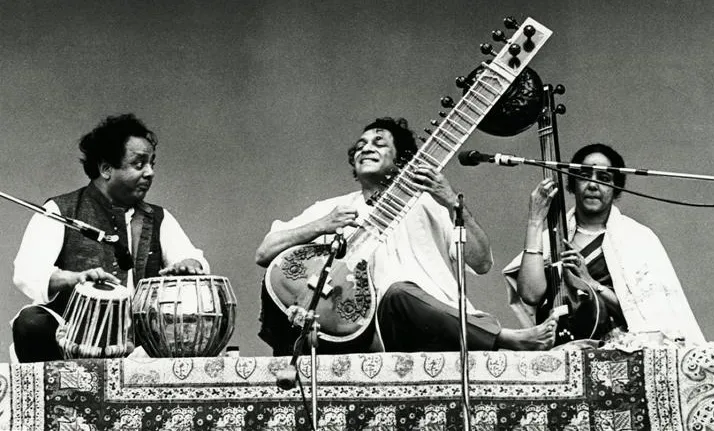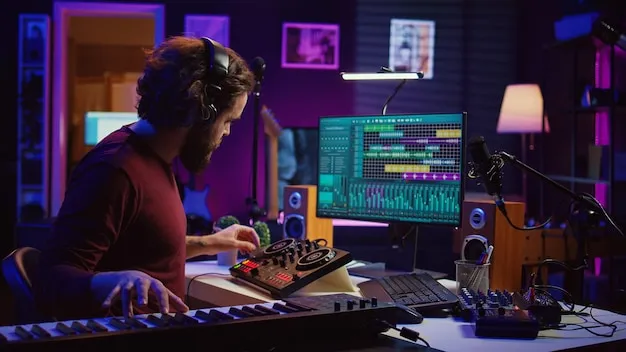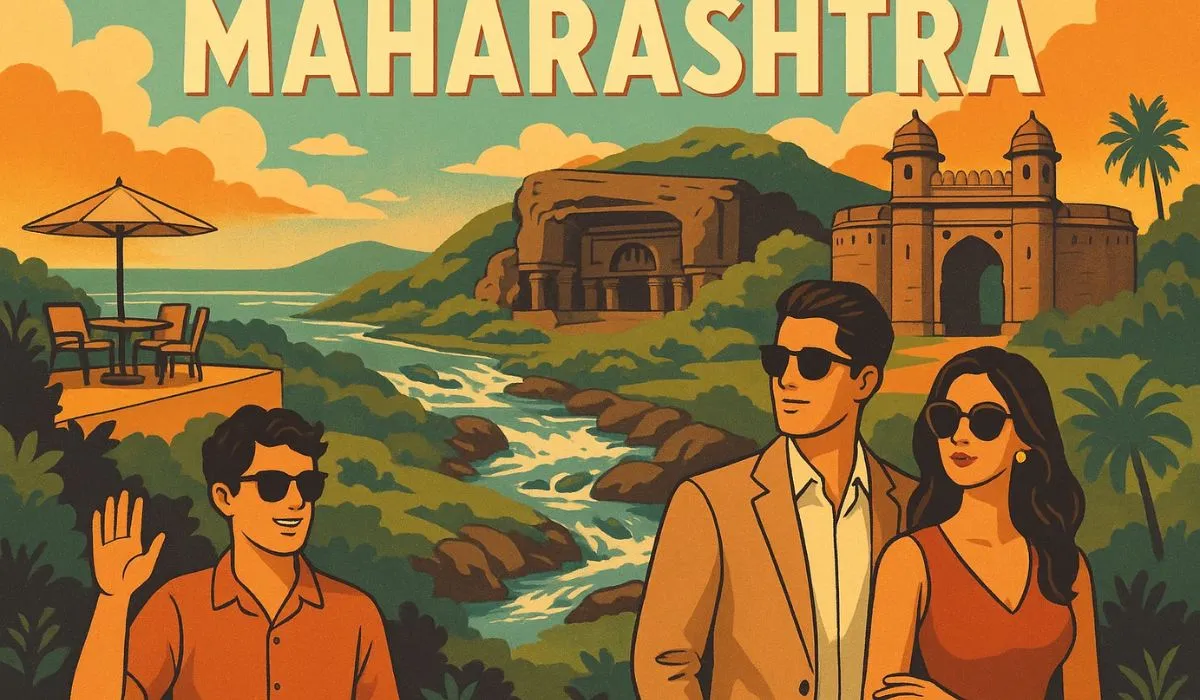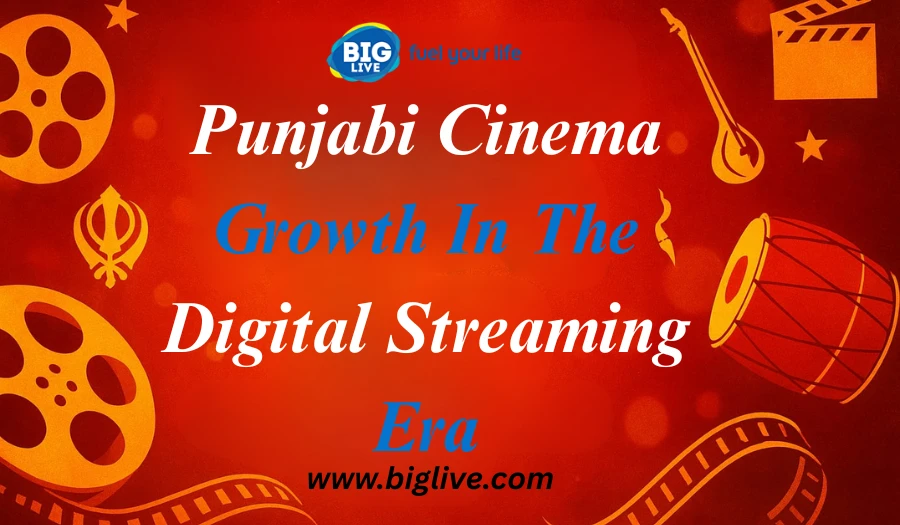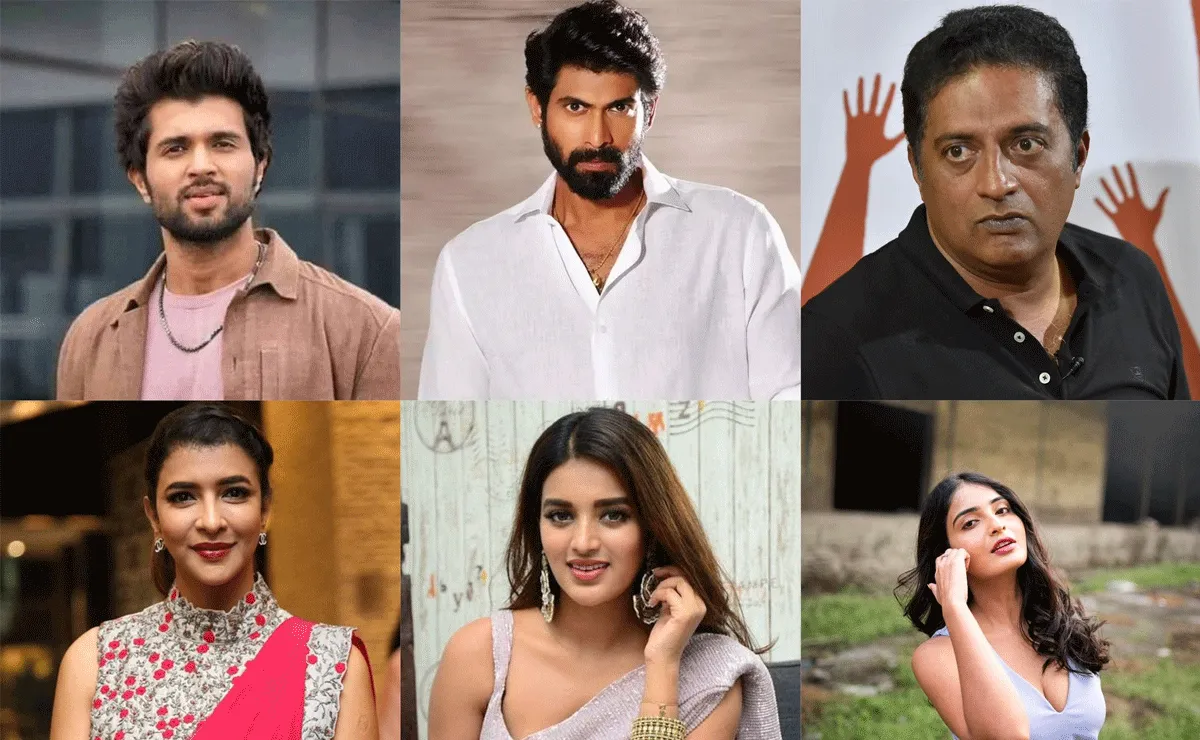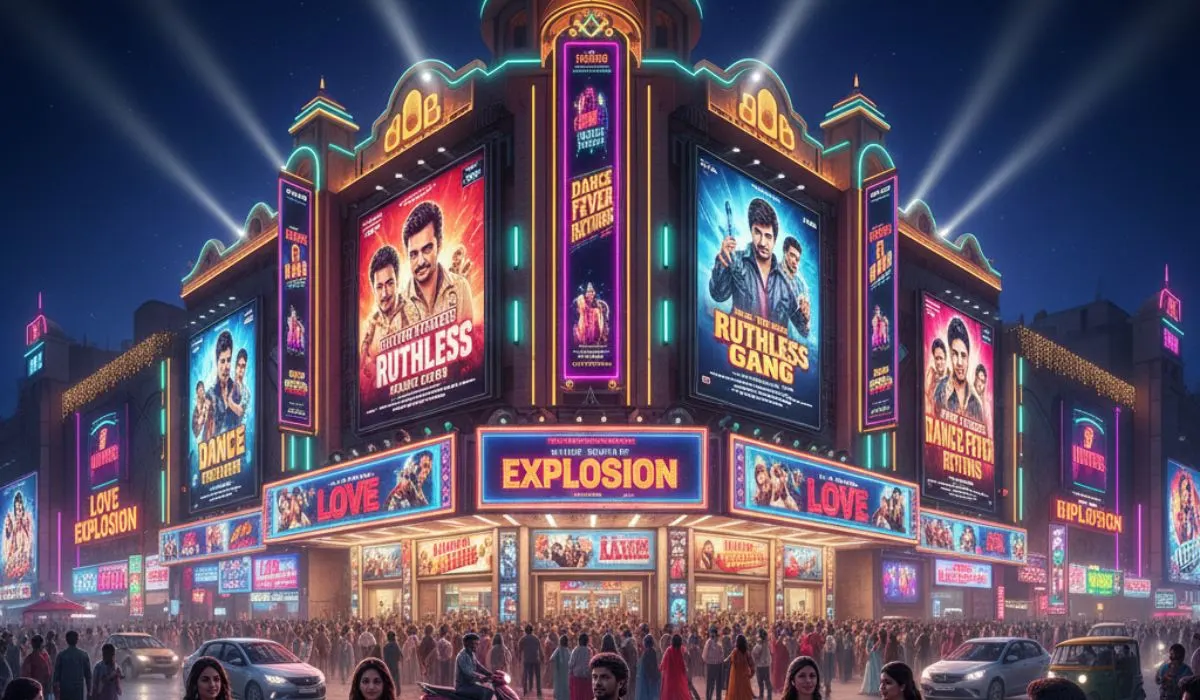Indian classical music, one of the oldest and richest art forms in the world, has always been deeply rooted in tradition, spirituality, and cultural heritage. Among all Indian states, Uttar Pradesh (UP) holds a special place as the heartland of Indian classical music. From the soulful strains of Hindustani ragas to the rhythmic patterns of tabla, UP has nurtured maestros who shaped the very foundation of this art form. Cities like Varanasi, Lucknow, Prayagraj, and Ayodhya are not just geographical locations but cultural hubs where music has flourished for centuries.
This blog explores how Uttar Pradesh emerged as the cradle of Indian classical music, its historical evolution, legendary artists, and its continuing legacy in the modern era.
Historical Roots of Classical Music in Uttar Pradesh

The association between Uttar Pradesh and Indian classical music dates back to ancient times. Several references in Vedic texts and epics like the Ramayana and Mahabharata mention music as a sacred practice performed during rituals and celebrations.
-
Ayodhya, the birthplace of Lord Rama, is described in scriptures as a city filled with music and dance.
-
Varanasi (Kashi), one of the world’s oldest living cities, has been a cultural hub for thousands of years, where devotional music like bhajans, dhrupad, and later khayal were performed in temples and courts.
-
Prayagraj (Allahabad), located at the confluence of the Ganga, Yamuna, and Saraswati, has historically been a center for music gatherings and the Kumbh Mela, where saints and musicians performed spiritual compositions.
During the medieval period, the Mughal courts and Nawabs of Awadh (Lucknow) played a crucial role in fostering music. The Nawabs patronized musicians, leading to the development of Thumri, Dadra, and Kathak dance compositions that became integral to Hindustani classical music.
Uttar Pradesh’s Contribution to Hindustani Classical Music
Uttar Pradesh did not just preserve music—it shaped its very structure. Let’s break down its key contributions:
1. Birthplace of Major Gharanas
In Hindustani music, gharanas (schools or styles) define unique approaches to ragas, rhythm, and expression. UP is home to several world-renowned gharanas:
-
Banaras Gharana: Famous for tabla, dhrupad, and thumri. It emphasizes deep rhythmic variations and devotional expression.
-
Lucknow Gharana: Known for its delicate thumri style and Kathak dance compositions. It blends grace with intricate rhythm.
-
Gaya Gharana (near UP): Associated with Dhrupad and spiritual music.
-
Rampur-Sahaswan Gharana: A powerful khayal tradition with emphasis on voice projection and elaboration.
These gharanas trained generations of musicians who carried UP’s legacy across the globe.
2. Dhrupad Tradition of Varanasi
Dhrupad, the oldest surviving form of Hindustani music, found strong roots in UP. The Dagar family and other Varanasi-based musicians preserved this meditative style, performed in temples and royal courts. Its emphasis on spirituality and deep devotion made it central to UP’s cultural identity.
3. Thumri and Semi-Classical Music in Lucknow
Lucknow became the epicenter of Thumri, a romantic and expressive style of classical music that blends ragas with emotive storytelling. Nawab Wajid Ali Shah, himself a poet, dancer, and music lover, promoted thumri and Kathak, elevating them into refined art forms.
4. Tabla and Percussion Legacy
The Banaras tabla gharana is globally renowned. With rhythmic innovations, powerful bols (syllables), and improvisations, Banaras tabla players brought unparalleled depth to percussion.
5. Connection with Devotional Music
UP’s temples and ghats resonate with bhajans, kirtans, and qawwalis. The Ganga ghats of Varanasi host evening Ganga Aarti, where devotional music merges with spirituality, showcasing how deeply music is embedded in daily life.
Legendary Musicians from Uttar Pradesh
UP has produced countless stalwarts whose contributions elevated Indian classical music to global fame. Some of the most iconic names include:
-
Pandit Ravi Shankar (Varanasi) – The sitar maestro who brought Indian classical music to international stages, collaborating with artists like George Harrison of The Beatles.
-
Ustad Bismillah Khan (Varanasi) – The shehnai legend who turned a traditional wedding instrument into a classical one. His music became synonymous with India’s cultural pride.
-
Girija Devi (Varanasi) – Revered as the “Queen of Thumri,” she gave new life to semi-classical forms.
-
Pandit Kishan Maharaj (Banaras) – A tabla genius of the Banaras gharana, known for his fiery yet deeply traditional style.
-
Rajan and Sajan Mishra (Varanasi) – Classical vocalists of the Banaras gharana, celebrated worldwide for khayal performances.
-
Begum Akhtar (Faizabad) – The queen of ghazals, dadra, and thumri, who blended poetry with soulful music.
-
Nawab Wajid Ali Shah (Lucknow) – Not only a ruler but also a patron of music and Kathak, leaving behind a cultural legacy.
Each of these legends carried UP’s traditions across continents, making it a global epicenter of Hindustani classical music.
Musical Cities of Uttar Pradesh
Varanasi: The Eternal City of Music
-
Known as the cultural capital of India, Varanasi is the birthplace of maestros like Ravi Shankar and Bismillah Khan.
-
The city’s ghats are alive with morning ragas, temple bells, and evening devotional music.
-
Institutions like Banaras Hindu University (BHU) have world-class music departments nurturing the next generation.
Lucknow: The Nawabi Elegance
-
Lucknow is synonymous with Thumri, Kathak, and Ghazal.
-
The Nawabi courts nurtured music with sophistication and emotional richness.
-
Even today, Lucknow hosts festivals that celebrate its classical traditions.
Prayagraj: The Sangam of Culture
-
Famous for the Sangam of three rivers, Prayagraj has hosted great musicians during the Kumbh Mela.
-
It continues to be a gathering place for saints and artists who carry forward bhajans and classical performances.
Role of Festivals and Institutions
Uttar Pradesh has kept its musical traditions alive through festivals, concerts, and academies.
-
Sankat Mochan Sangeet Samaroh (Varanasi) – A legendary music festival held at the Sankat Mochan Hanuman temple. Artists perform free of charge, creating an atmosphere of devotion and artistry.
-
Tansen Music Festival (Gwalior–UP connection) – Honors the great musician Tansen, with UP artists playing a central role.
-
Uttar Pradesh Sangeet Natak Akademi – Promotes classical music, dance, and theatre through training and scholarships.
-
BHU Faculty of Performing Arts – One of India’s most respected music institutions.
Uttar Pradesh in the Modern Era of Classical Music
While Bollywood and popular music dominate modern India, UP continues to safeguard and promote classical traditions. Several factors ensure this:
-
Digital Platforms – Young musicians from UP are using YouTube, Spotify, and Instagram to spread ragas globally.
-
Fusion Collaborations – Artists blend Hindustani classical with jazz, rock, and electronic music, making it relevant for younger audiences.
-
Government Support – UP government sponsors cultural festivals, music scholarships, and heritage events.
-
Tourism and Spirituality – Pilgrimage cities like Varanasi attract international visitors eager to experience live classical music on the ghats.
Why Uttar Pradesh is Called the Heartland of Indian Classical Music?
-
It is the birthplace of gharanas that shaped Hindustani traditions.
-
It produced icons and maestros who took Indian music worldwide.
-
Its cities remain hubs of musical innovation and devotion.
-
It integrates spirituality with music, making it timeless.
-
Institutions and festivals in UP continue to nurture young talent.
Conclusion
Uttar Pradesh is not just a state—it is the soul of Indian classical music. From the spiritual dhrupad of Varanasi to the romantic thumri of Lucknow, from the beats of Banaras tabla to the soulful strains of shehnai, UP has given India its richest cultural gems. Its contribution is not confined to history but continues to thrive, ensuring that classical music remains alive in modern times.
As long as the ghats of Varanasi echo with morning ragas and Lucknow resonates with thumri, Uttar Pradesh will remain the undisputed heartland of Indian classical music.



